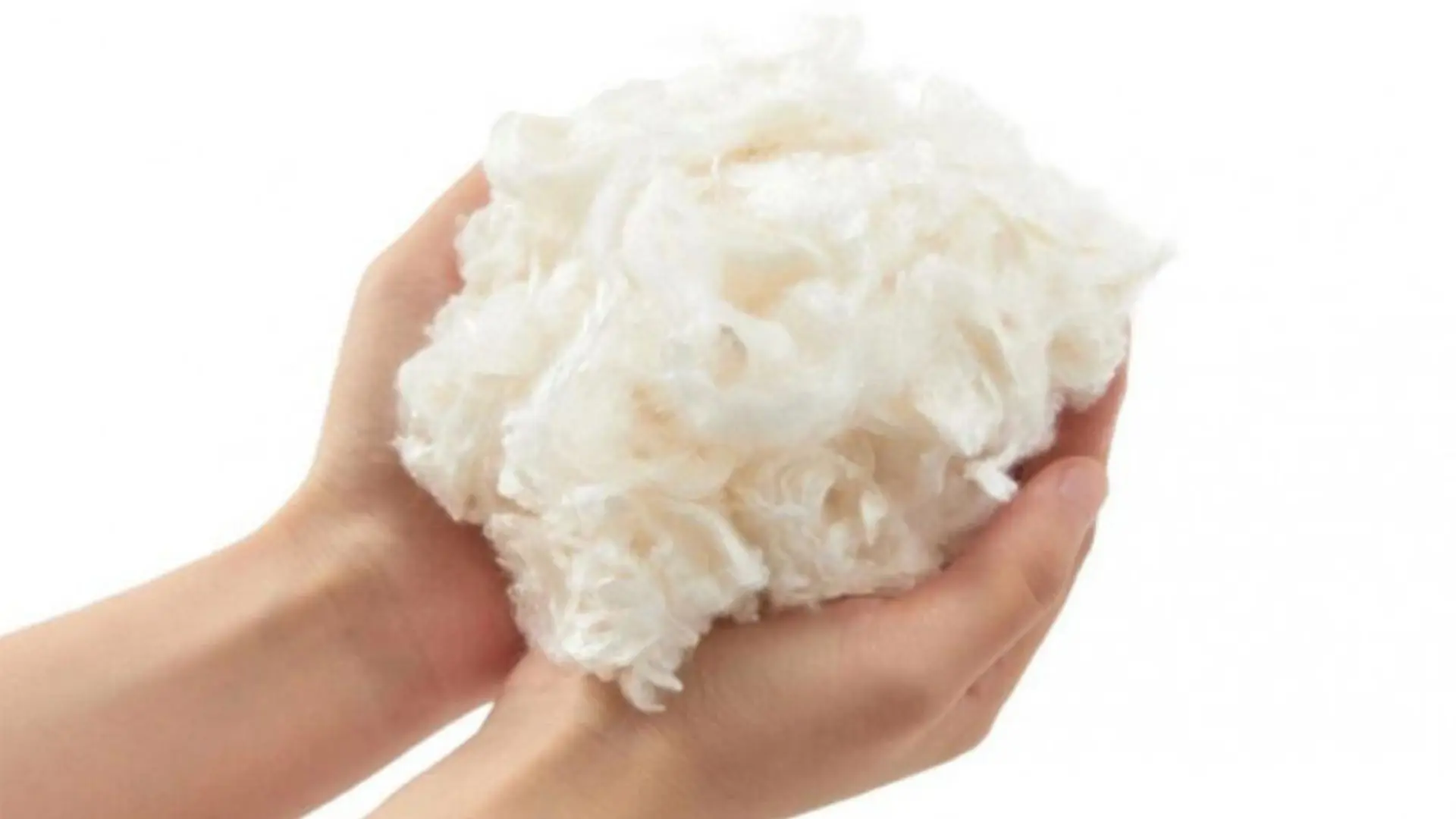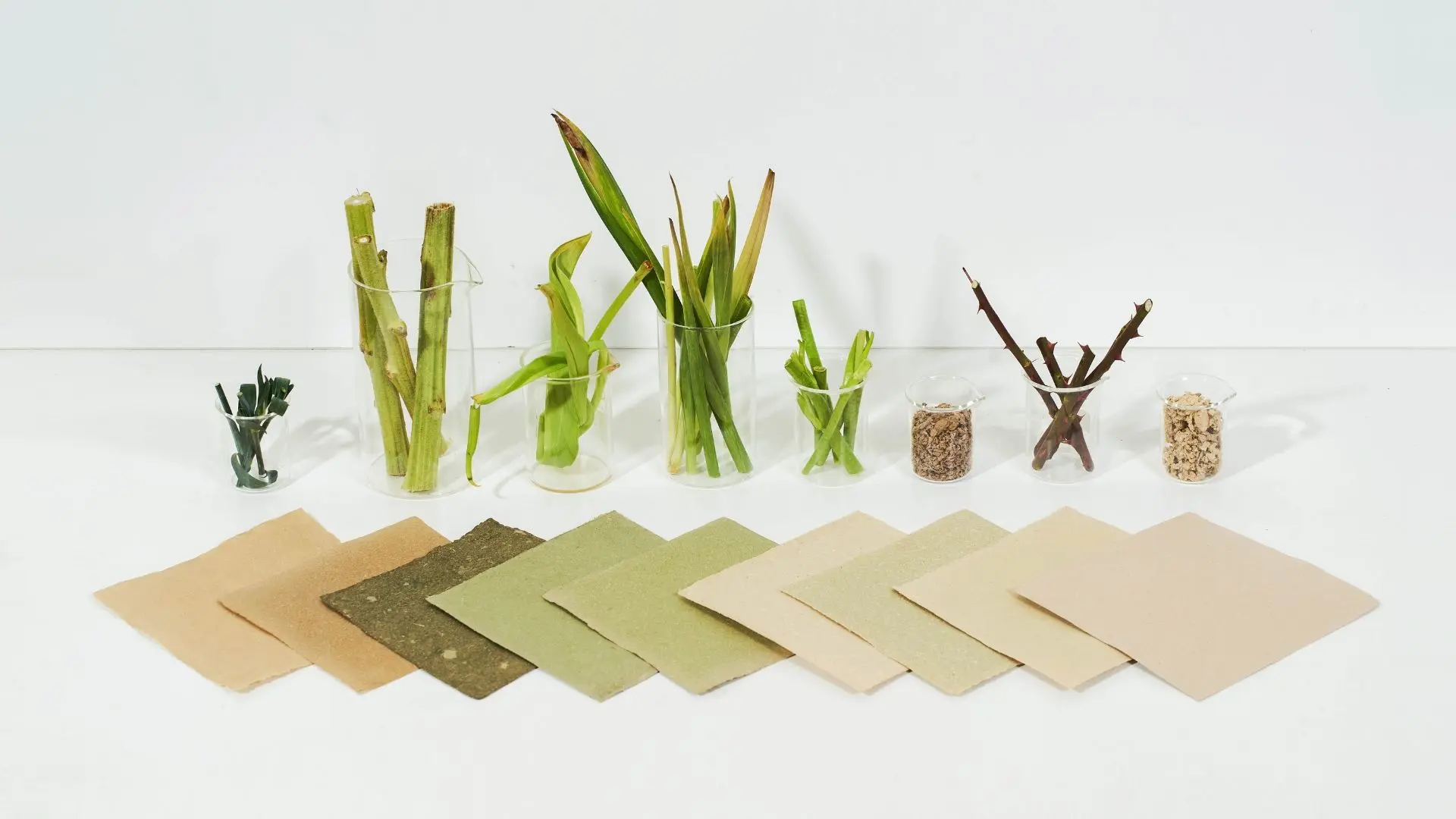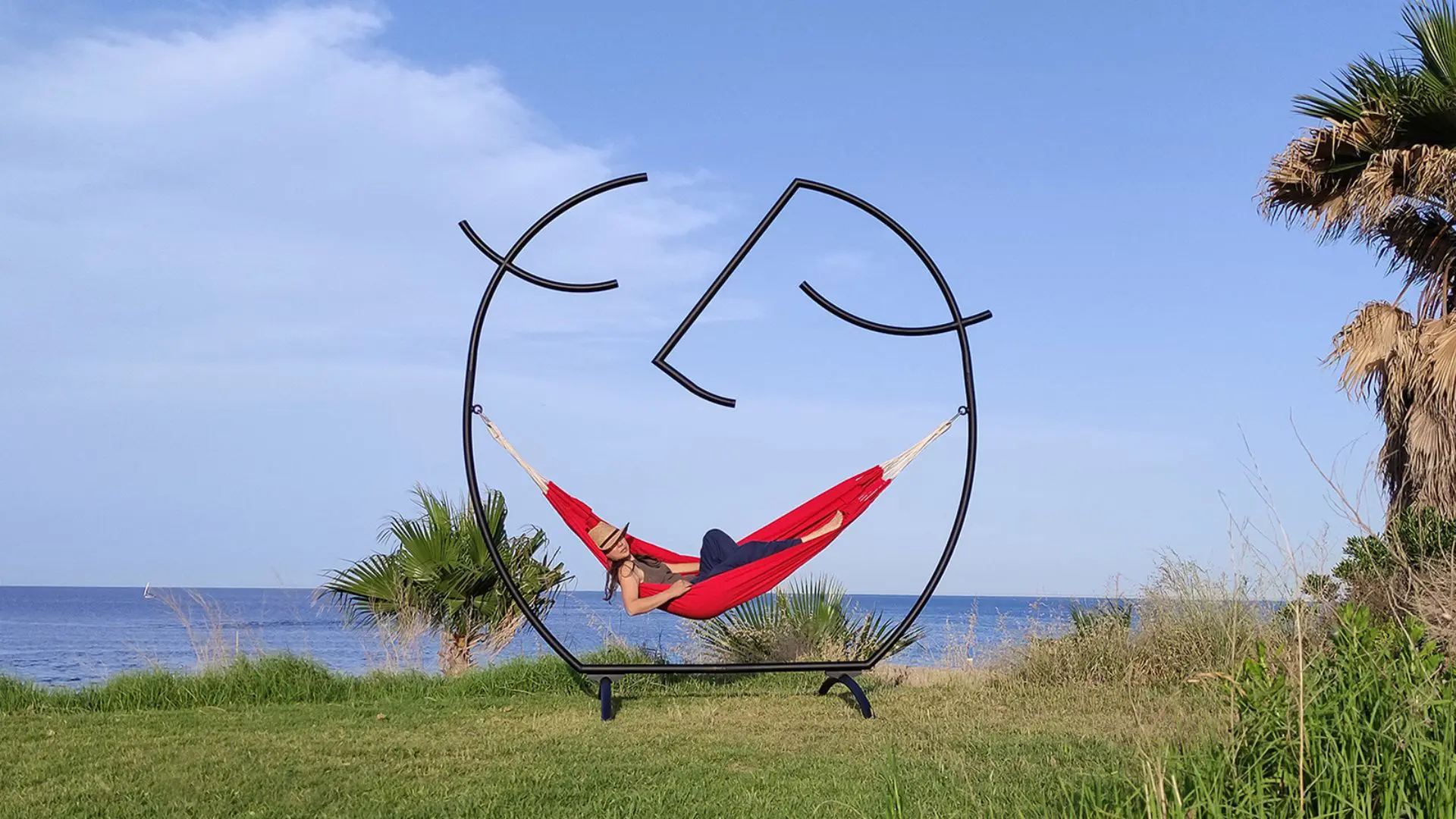Milk Tee: this LA startup turns milk waste into clothing

Sustainable fashion start-up Mi Terro creates usable products from waste products. The latest is the Milk Tee, which is produced with excess milk.
In a bid to tackle waste produced by the dairy industry, sustainable entrepreneur Robert Luo has developed a way to upcycle unused milk into sustainable clothing.
The process uses patent-pending technology that re-engineers milk proteins to create fibers that use 60% less water than an organic cotton shirt.
Luo came up with the idea after visiting his uncle’s dairy farm in China in 2018 where he discovered the sheer amount of food waste in agriculture.
For his uncle, it was buckets and buckets of spoiled milk on the farm and an inefficient production process. After further investigation, he realized the scale of the problem.
“In fact, 40% of the world’s food produced goes to waste every year,” explains Luo. “Amongst all the food waste, it is reported that 128 million tons of milk is dumped globally.”
After returning to the US, Luo contacted his childhood friend and now co-founder Daniel Zhuang who specialised in material science and chemistry.
Together, they researched how they could give the milk waste a new life and in only three months invented “Pro-Act” (Protein Activation), a patent-pending process used to extract the casein protein from milk and spin it into fiber.

This was the foundation for the company’s debut product, the Mi Terro milk shirt, which begins by sourcing excess milk from partnering dairy farms. From there, the milk is fermented and skimmed to remove the fat in the milk.
“First, we extract the protein molecules using a patent-pending technology called Pro-Act (Protein Activation),” explains the company’s founder Robert Luo.
“Then, we then use another patent-pending technology called Sea-Re (self-assembly purification) to purify and reformulate the protein molecules into powder.”
“Lastly, once we have the purified milk protein powder, we integrate a new technique called DFS (dynamic flow shear spinning), which uses a wet-spinning process to spin the milk protein into biodegradable fibers.”
It takes up to two months to produce the milk shirt.

Each shirt is made up of about 15-20% milk and according to the Mi Terro website, one glass of milk equates to approximately 5 shirts.
Robert and his team have developed and tested several yarn prototypes made from spoiled milk.
The first is their milk-to-clothing process, which took two months to complete and has undergone multiple improvements since.
They have also developed a second fibre which is blended with viscose to help boost its performance and make it cheaper than organic cotton to produce.
Despite viscose having potential drawbacks with respect to the chemicals used in its processing techniques, Robert believes that its benefits outweigh its potential costs.
“We reduce the amount of energy and water required to produce our textile,” says Luo. “The production requires 60% less water than the process for organic cotton. Our fiber is 100% biodegradable and we do not use any petroleum which benefits the environment.”
Keeping their use of viscose in mind, the development of their process, and their movement from their first fibre to their second, Mi Terro has tried to keep environmental impacts to a minimum.
“There is no 100% eco-friendly fibre out there, every fibre requires a different chemical process in its production. There are many viscose producers in the world, and each has a different processing technique. We typically use Lenzing viscose, which is considered to be more sustainable than other types of viscose.”
The company’s aim is to recycle the majority of the chemicals used in production of the fibre so that they do not end up leaching into the environment.

Good to the plant, good to the skin
Not only is the milk-based material (read more about innovative materials) better for the environment but it also boasts several other beneficial properties.
“Unlike other protein-based materials, we have found that casein produces a soft fibre which is perfect for people who have skin allergies,” explains Luo.
“On top of this it is moisture wicking and has antibacterial properties which is great for outdoor or casual wear.”
Mi Terro’s ambition is to replace petroleum-based material, and leap-frog plant-based products, by creating a dynamic new circular economy powered by the waste of agriculture.
In this cycle, excess milk would be sourced from dairy farmers and turned into biodegradable products.
The startup is preparing to expand its food waste innovation beyond fashion.
It is also working on new technology that will help dairy makers recycle whey waste into biodegradable food packaging film.
Mi Terro has already partnered with some of the world’s largest organizations to use the fiber and license the technology and it continues to welcome companies to join its movement – end food waste to protect the planet.
These fibers can be used to replace petroleum-based materials in the fashion, medical, and packaging industries
Milk fiber is soft, breathable, and moisture-wicking,” says Luo.
“It is best used for inner-garment or fabric close to the skin. People with cotton allergies can use our fiber. It can be used as a replacement of silk, which is really expensive.
The milk fiber offers a great alternative to cotton.





